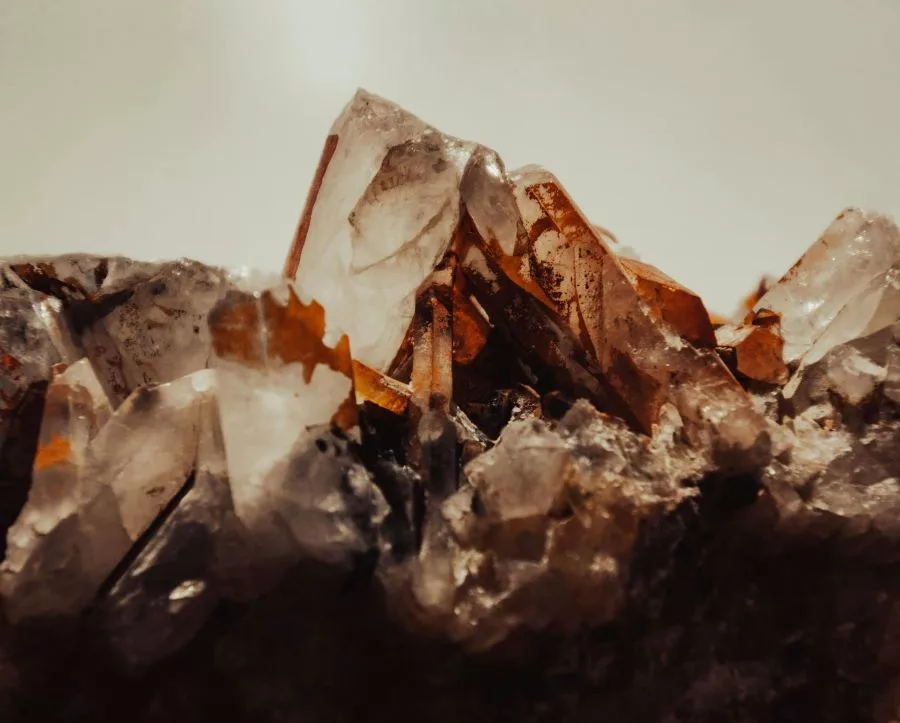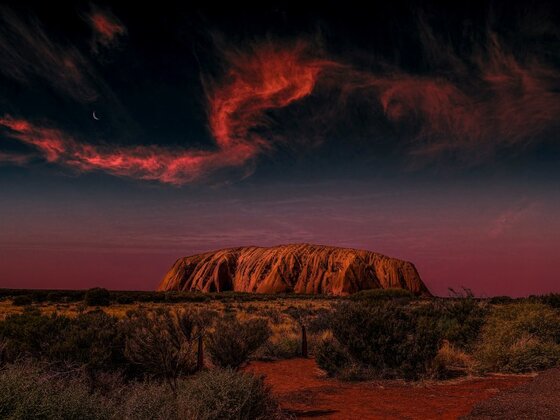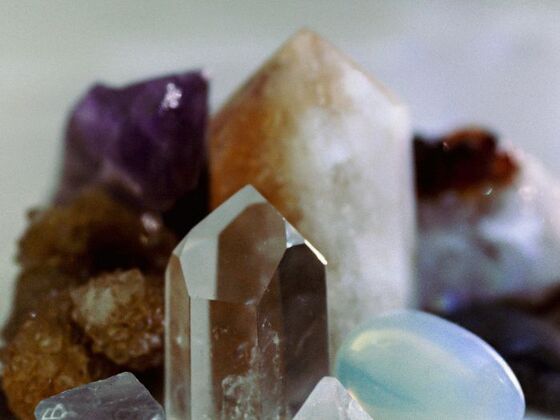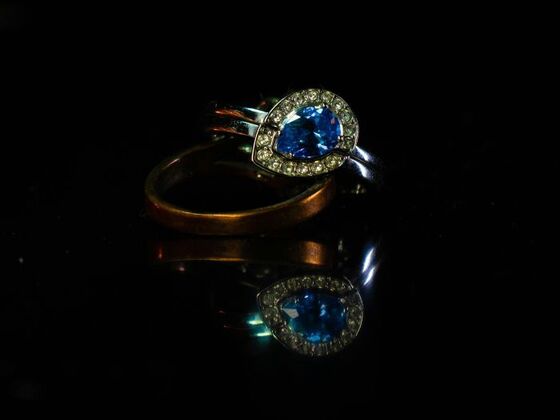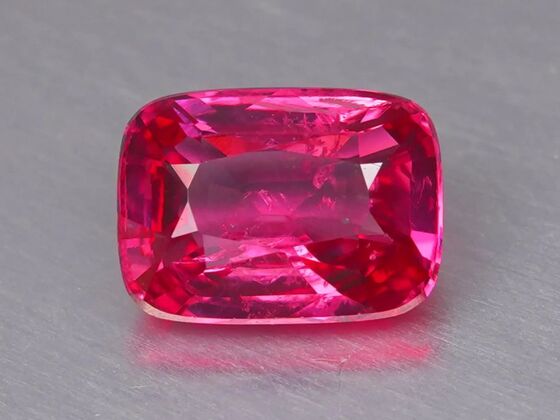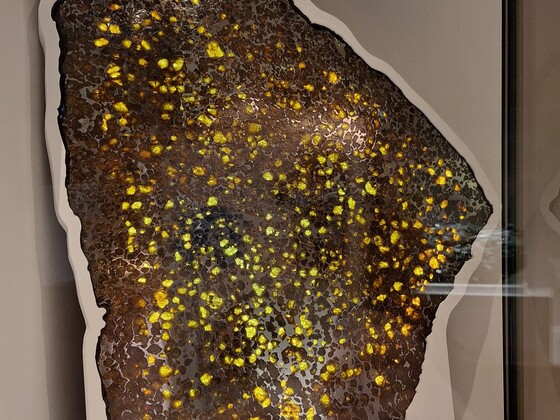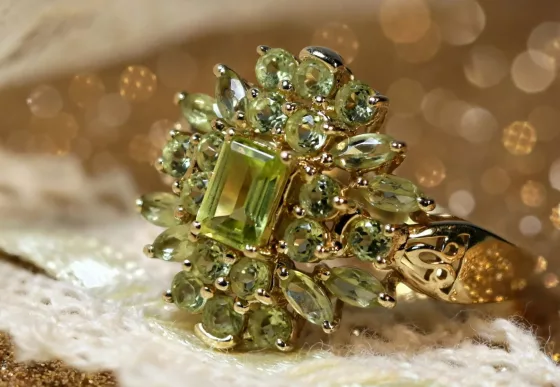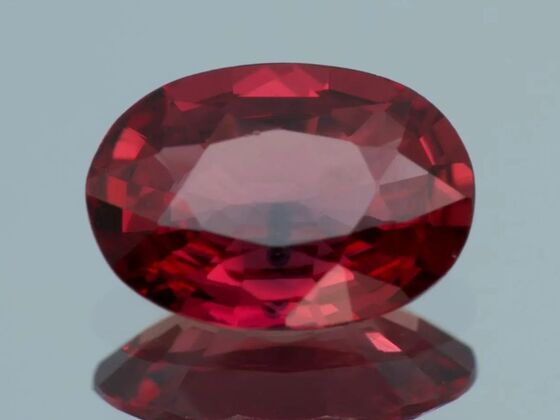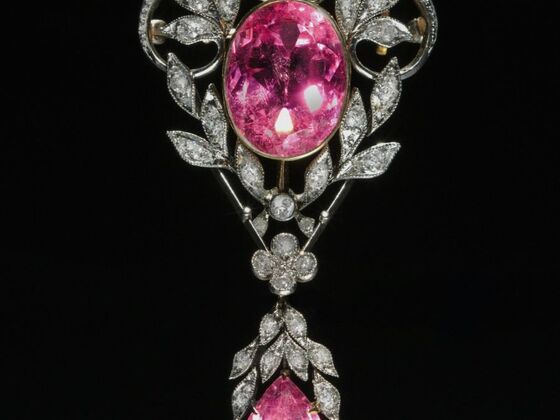Quartz ranks among the most abundant minerals on Earth, forming a fundamental part of the planet’s crust. You can find them in nearly every geological environment, from towering mountain ranges to sandy beaches. Its remarkable versatility stems from a combination of striking beauty, impressive hardness, and a vast spectrum of colours and crystal forms. Jewellers value them for their brilliance and range, from the deep purples of amethyst to the soft pinks of rose quartz. At the same time, industries rely on its durability and unique physical properties for everything from electronics to glassmaking.
This guide takes you through the fascinating world of quartz, introducing you to its various types, including Amethyst, Citrine, and Prasiolite, while offering practical insights into their properties, uses, and identification. Whether you’re a collector, a jewellery designer, or simply curious about minerals, you’ll discover why quartz remains essential across science, industry, and art.
What is Quartz?
Chemical Structure
Quartz is a mineral composed of silicon dioxide (SiO₂), and it stands out for its robust yet straightforward chemical structure. This structure allows quartz to form in two primary ways: as macrocrystalline and microcrystalline varieties.
Macrocrystalline Quartz: Visible Crystals
When quartz grows as macrocrystalline, it produces large, distinct crystals that you can easily see with the naked eye. These crystals often form the beautiful points and clusters that collectors and jewellers prize.
Microcrystalline Quartz: Hidden Patterns and Colours
On the other hand, microcrystalline quartz, also known as cryptocrystalline quartz, develops as masses of crystals so tiny that you need a microscope to distinguish them. This form creates dense, compact stones such as agate, jasper, and chalcedony, each displaying unique colours and patterns that result from subtle differences in impurities and growth conditions.
Formation Across Geological Environments
Quartz’s ability to form in a wide range of geological settings sets it apart from many other minerals. In igneous rocks, quartz crystallises from molten magma as it cools, often becoming a major component of granite and rhyolite. In metamorphic rocks, high temperatures and pressures encourage quartz to recrystallise, forming stones like quartzite and certain types of schist. Even in sedimentary environments, quartz plays a starring role; it resists weathering and erosion, accumulating as sand and eventually cementing into sandstone.
Veins, Cavities, and Specimen Diversity
Frequently, quartz fills cracks, veins, and cavities in rocks, where mineral-rich fluids deposit it over time. These processes produce some of the most striking quartz specimens, such as geodes lined with sparkling crystals or veins of milky quartz cutting through bedrock. Thanks to its resilience and adaptability, quartz appears in an astonishing variety of forms, making it one of the most visually diverse and widely distributed minerals on the planet.
Macrocrystalline Quartz (Visible Crystals)
Macrocrystalline quartz varieties are renowned for their large, well-formed crystals that you can easily see without magnification. These crystals often grow in clusters, geodes, or as single points, making them highly sought after by collectors, jewellers, and enthusiasts. Each type of macrocrystalline quartz displays unique colours and internal features, resulting from trace elements, natural irradiation, or mineral inclusions during formation.
Rock Crystal: Pure and Transparent Clarity
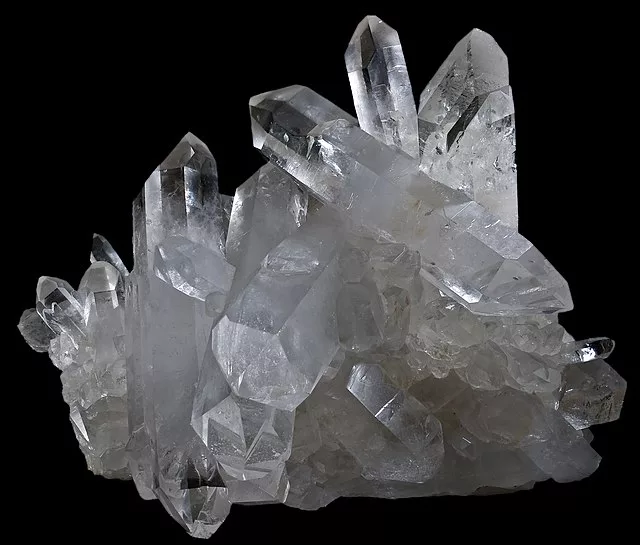
Rock crystal is the most transparent and colourless variety. Often referred to as “clear quartz,” it is prized for its optical clarity and purity. Its lack of colour comes from a nearly flawless structure without trace minerals or inclusions. Rock crystal is used in carvings, crystal balls, prisms, and healing tools. Its neutral, glass-like appearance makes it a favourite for a wide range of applications from home décor to spiritual practices.
Amethyst: The Regal Purple Gemstone
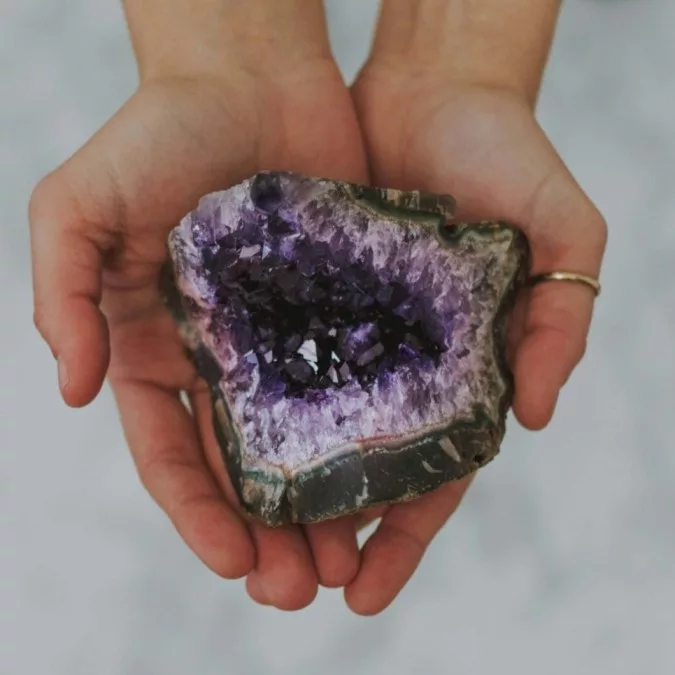
Amethyst shines with rich purple tones, ranging from light lavender to deep violet. This vibrant colour comes primarily from trace amounts of iron exposed to natural radiation over time. Highly valued as a gemstone and birthstone for February, amethyst has a long history of being associated with royalty, spirituality, and protection. It is often fashioned into jewellery, meditation tools, and decorative pieces.
Citrine: Warm Golden Beauty
Citrine showcases a golden yellow to orange-brown hue, exuding warmth and vitality. Natural citrine is relatively rare; most available stones are heat-treated amethyst or smoky quartz, creating beautiful golden shades. Its bright colour and affordability have made it popular in rings, pendants, and beads. Citrine is also associated with abundance and creativity in crystal healing traditions.
Smoky Quartz: Earthy and Grounding
Smoky quartz ranges in colour from light grey to nearly black, with a smoky, translucent appearance. The colour forms through prolonged natural irradiation of aluminium-rich crystal structures. Known for its grounding and protective qualities, smoky quartz is used in jewellery and home décor. Its neutral tones pair well with both silver and gold settings, making it a versatile choice for designers.
Rose Quartz: Gentle Pink Elegance
Rose quartz radiates a soft pink glow, often associated with love, compassion, and emotional healing. The colour likely results from trace elements of titanium, manganese, or iron. Unlike other macrocrystalline forms, rose quartz typically appears more massive and lacks well-defined crystals. This variety is often carved into hearts, spheres, wands, or worn as a calming, feminine stone.
Milky Quartz: Opaque and Abundant
Milky quartz is the most common variety and appears white or cloudy due to numerous microscopic inclusions of gas or fluid. While it may lack transparency, it holds significant industrial value for producing glass, ceramics, and silicon. Milky quartz also plays a role in metaphysical uses as a cleansing or amplifying crystal.
Prasiolite: Rare Green Radiance
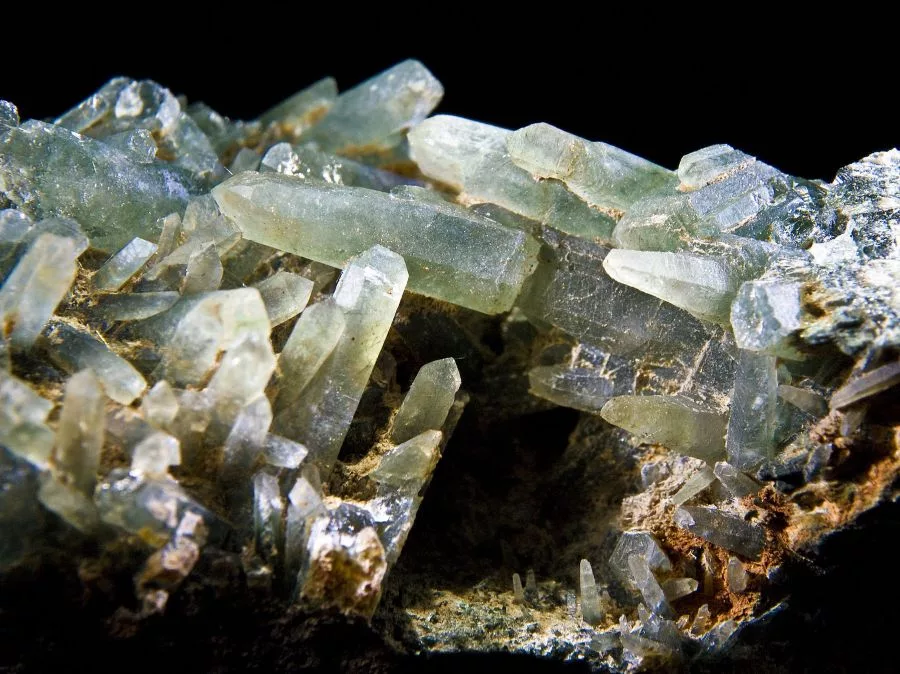
Prasiolite, also known as green quartz or sometimes green amethyst (a misnomer), is a rare light to pale green variety. Natural prasiolite occurs when amethyst is subjected to specific geological conditions, though much of the prasiolite on the market comes from heat-treating certain violet or yellow quartz types. It is prized as an elegant and unconventional gemstone for fine jewellery.
Rutilated Quartz: Golden Threads of Light
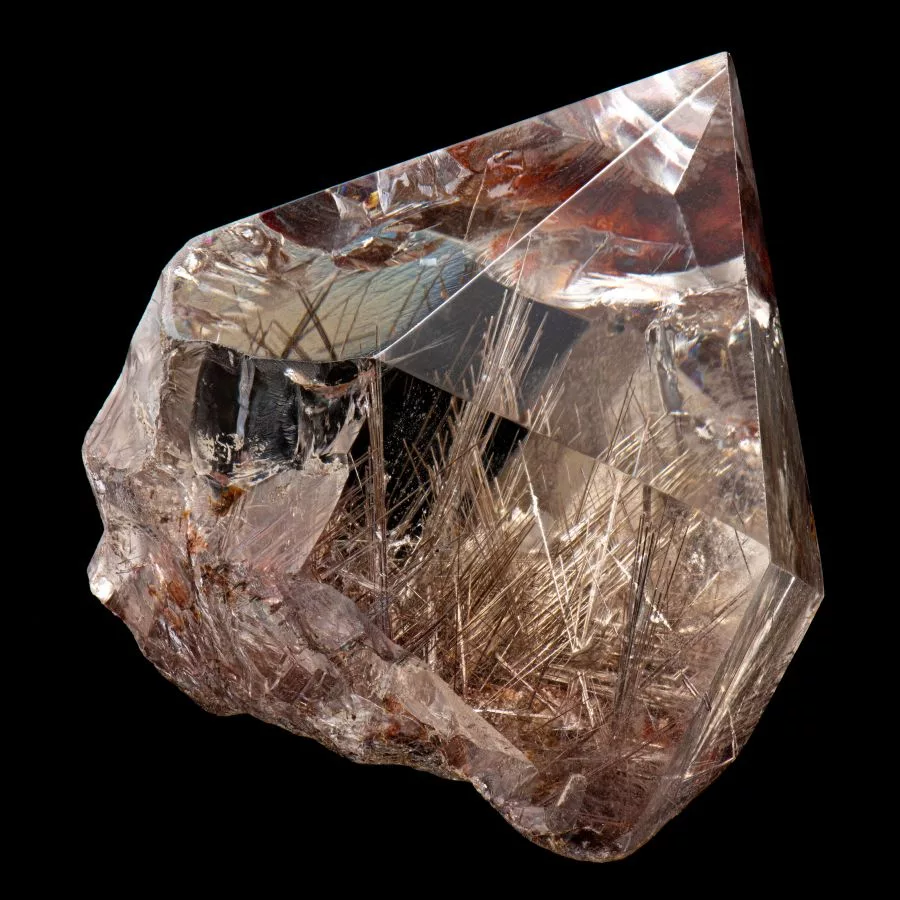
Rutilated quartz contains needle-like inclusions of rutile, typically golden, copper-red, or silvery in colour. These radiant threads appear suspended within the crystal, creating striking, one-of-a-kind patterns. This variety is highly valued by both collectors and jewellers, and it is also used in metaphysical practices for energising and clearing blockages.
Denim Blue Rarity: Dumortierite Quartz
Dumortierite quartz contains fibrous inclusions of the mineral dumortierite, giving it a distinctive blue to denim-blue colour. This variety is significantly less common and is often cut into cabochons for high-end jewellery. The cool, inky tones of this stone make it highly desirable for unique, modern designs and metaphysical grounding work.
Nature’s Miniature Landscape: Dendritic Quartz
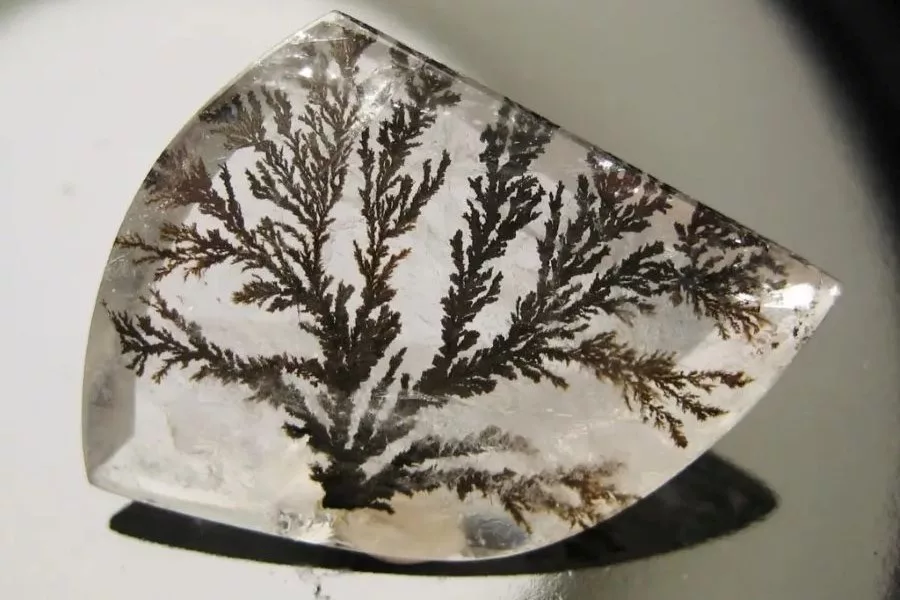
Dendritic quartz is one of the most visually captivating varieties of quartz, instantly recognisable by its intricate, branch-like patterns within otherwise transparent to milky crystals. These captivating inclusions resemble miniature trees or ferns, creating the illusion of natural landscapes encapsulated within stone.
The Twisted Marvel of the Alps: Gwindel Quartz
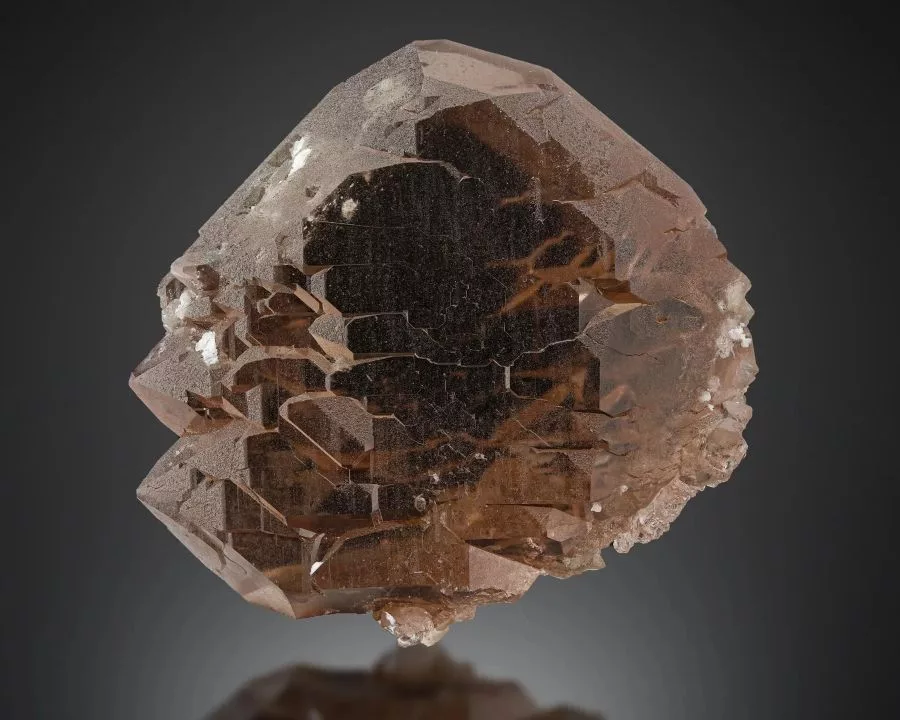
Gwindel quartz stands out as one of the most captivating and rare growth forms among quartz crystals. Unlike the typical quartz habit, gwindels grow sideways, parallel to their c-axis and along an a-axis, forming tabular, platy crystals with a distinct twist or spiral pattern. This twisted habit is reflected in the German name “Gwindel,” meaning “twisted” or “contorted”
Microcrystalline (Cryptocrystalline) Quartz
Microcrystalline, or cryptocrystalline, quartz showcases the mineral’s incredible diversity in a subtler way than its macrocrystalline counterparts. Instead of large, visible crystals, these varieties are composed of aggregates of tiny crystals packed so closely together that they cannot be distinguished even under magnification. This fine-grained nature gives each stone a smooth, waxy appearance and a unique ability to display vibrant colours, intricate patterns, and even chatoyant effects.
The Versatile Foundation: Chalcedony
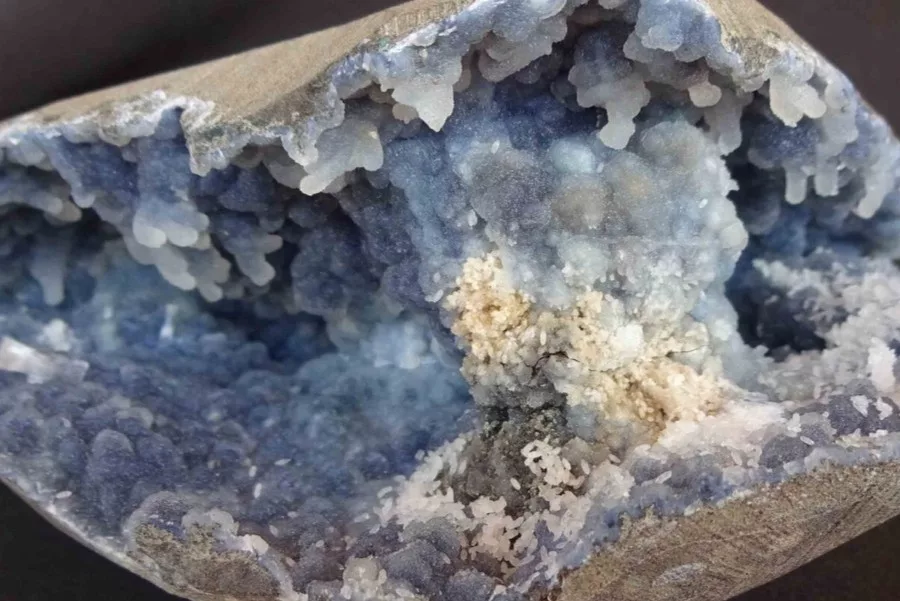
Chalcedony is the overarching term for all microcrystalline varieties of quartz. Typically translucent and exhibiting a soft, waxy lustre, chalcedony appears in a range of colours, from pale blue and grey to white and even pale lavender. Its relatively uniform texture makes it a popular choice for carving, cameos, cabochons, and ornamental objects.
Nature’s Banded Artwork: Agate
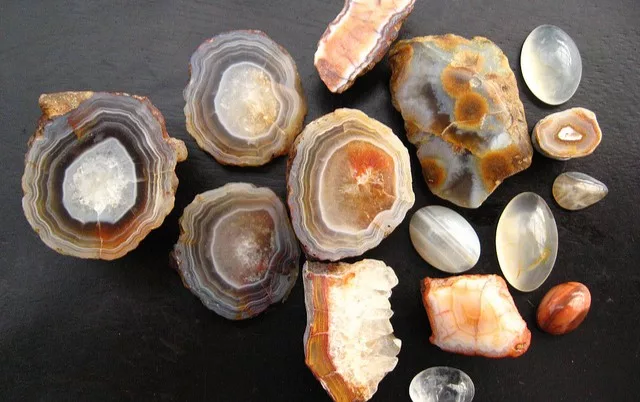
Agate is a spectacular form of banded chalcedony. This variety is renowned for its concentric layers and vivid colour contrasts, which arise from mineral impurities deposited in rhythmic patterns. Each agate is like a miniature geological painting, often used in decorative art, jewellery, and even home décor for its striking beauty and smooth polish.
Dramatic Bands in Black and White: Onyx
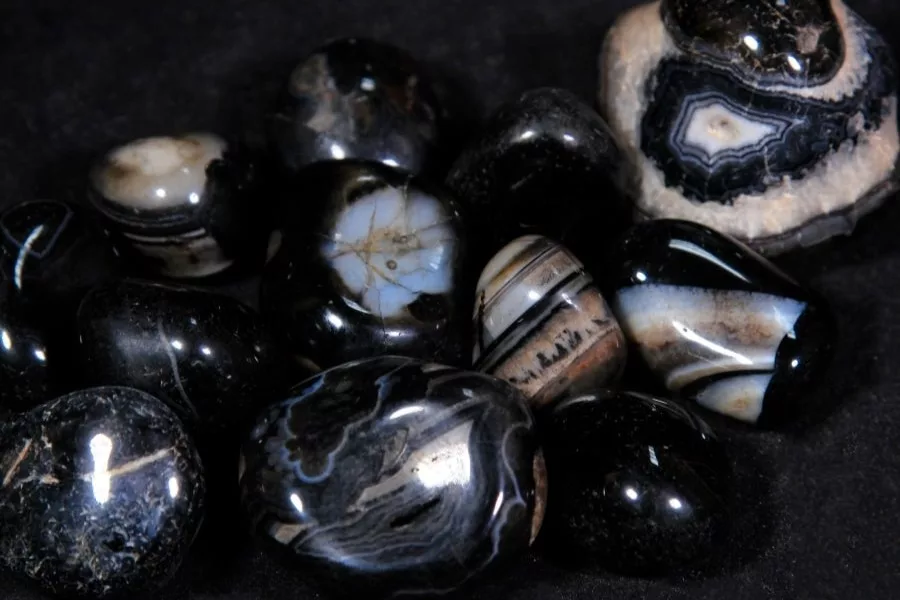
Onyx stands out with its bold, parallel bands of black and white or other contrasting colours. Unlike agate’s curved and chaotic banding, onyx features straight, linear stripes, making it a favourite for intaglio carving and jewellery. The dramatic colour contrast gives this stone a timeless, elegant appeal.
A Canvas of Opaque Hues: Jasper
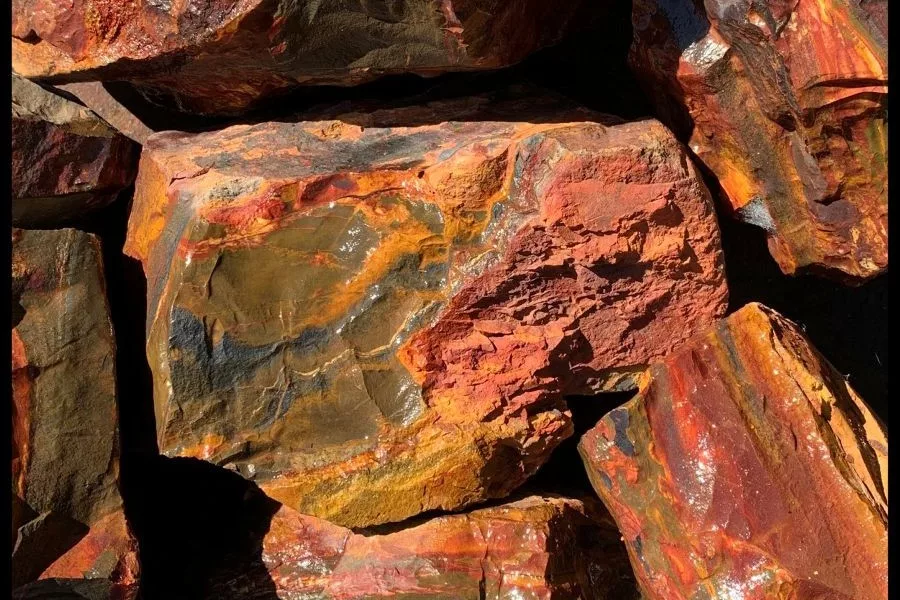
Jasper is an opaque, often vividly coloured form of microcrystalline quartz that owes its spectacular variety to the presence of embedded minerals and organic materials. Patterns can range from solid colours to scenic landscapes and abstract designs, making jasper highly collectable. Artists and jewellers prize this variety for unique, one-of-a-kind pieces such as beads, cabochons, and carvings.
The Warm Glow of Antiquity: Carnelian
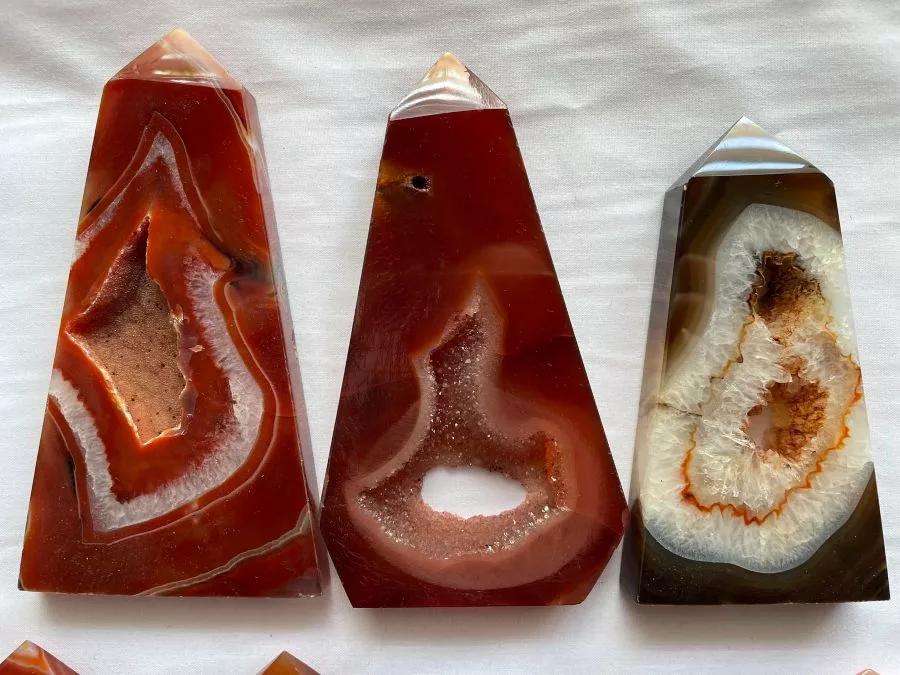
Carnelian is a richly colored, red-orange variety of chalcedony, long revered for its warmth and vitality. Ancient civilisations used it extensively for signet rings and talismans. The translucent yet intense hue of carnelian makes it a staple in beads, cameos, and carvings, adding a sense of warmth to any collection.
Sparkling with Fuchsite: Aventurine
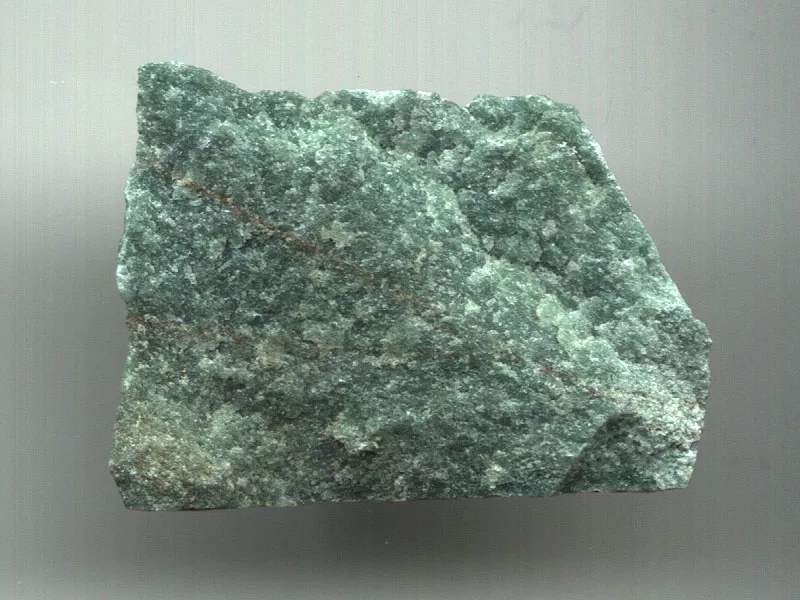
Aventurine is instantly recognisable by its glittering effect, known as aventurescence, caused by tiny inclusions, most commonly green fuchsite mica, that reflect light throughout the stone. While green is the most famous colour, aventurine may also appear in shades of orange, blue, or brown. This sparkling feature gives it a lively quality treasured in jewellery and decorative pieces.
Silky, Chatoyant Appeal: Tiger’s Eye
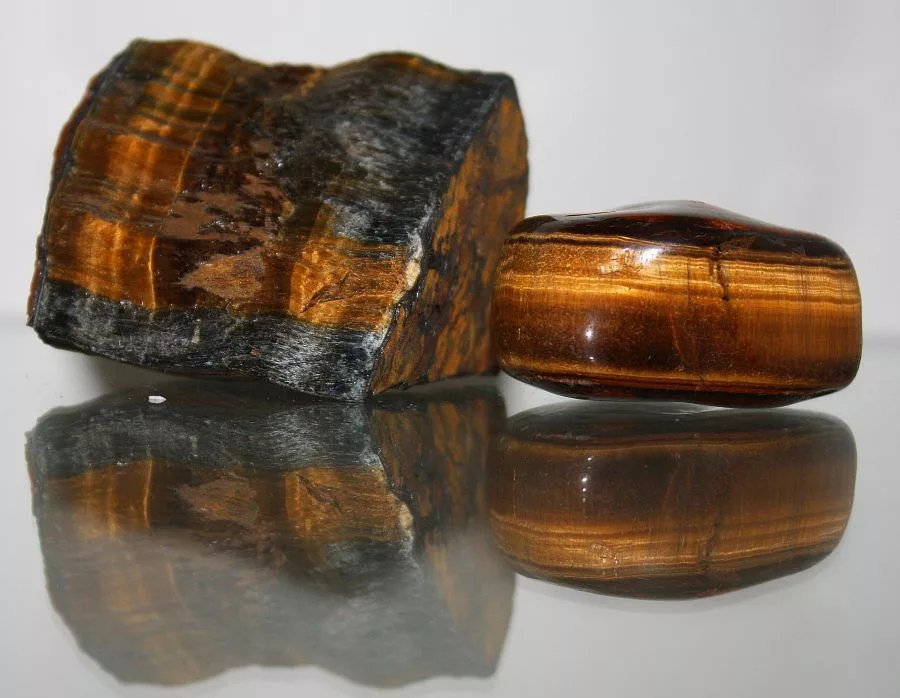
Tiger’s Eye is renowned for its chatoyancy, a silky sheen that moves across the stone’s surface as it catches the light. This effect results from aligned fibres of crocidolite replaced by silica during formation, producing a rich golden-brown to reddish-brown colour with striking, undulating bands. Highly popular in men’s jewellery and talismanic objects, Tiger’s Eye conveys both beauty and mystique.
Each type of microcrystalline quartz offers its own palette of colours, patterns, and optical effects, making these varieties some of the most beloved and versatile in the mineral world.
Properties of Quartz
Quartz stands out as one of the world’s most remarkable minerals thanks to its impressive combination of physical and optical properties. These characteristics not only make quartz highly desirable for collectors and jewellers but also essential for a wide range of industrial and technological applications.
Hardness: Exceptional Durability
Quartz ranks 7 on the Mohs scale of mineral hardness, which means it is harder than most common materials. This high level of hardness makes quartz resistant to scratching and abrasion, allowing it to maintain its polish and clarity even after years of handling or exposure. As a result, quartz is a popular choice for jewellery, countertops, and other surfaces that require both beauty and durability.
Lustre: Glassy and Attractive
Quartz exhibits a vitreous, or glassy, lustre on its crystal faces and polished surfaces. This shine enhances the visual appeal of quartz gemstones and decorative objects, making them stand out in both natural and artificial lighting. The vitreous lustre is one reason why quartz crystals are so captivating to gem enthusiasts and collectors.
Transparency: From Clear to Opaque
The transparency of quartz can vary widely depending on the variety and the presence of inclusions or impurities. Some types, such as rock crystal, are completely transparent and clear, while others, like onyx or jasper, are translucent or even fully opaque. This range of transparency enhances the versatility of these crystals, providing options to suit every aesthetic preference and application.
Piezoelectricity: Unique Electrical Properties
One of the most fascinating properties of quartz is its piezoelectricity. When subjected to mechanical stress, such as pressure or vibration, quartz crystals generate a small electric charge. This unique property makes them invaluable in the electronics industry, where it is used in oscillators, clocks, watches, microphones, and other devices that require precise frequency control and signal stability.
Colour Variations: Nature’s Palette
Quartz is renowned for its incredible range of colours, which result from trace elements, natural irradiation, or the presence of mineral inclusions. For example, iron can give rise to the purple hues of amethyst or the yellow tones of citrine, while titanium and manganese may produce the soft pink of rose quartz. Inclusions such as rutile needles or dendritic patterns further enhance the visual diversity of quartz, creating truly one-of-a-kind stones.
These properties combine to make quartz one of the most versatile and widely used minerals on Earth. Whether admired for its beauty or harnessed for its unique technical capabilities, quartz continues to captivate and serve people across the globe.
Uses and Applications
Quartz’s unique combination of physical, optical, and electrical properties makes it indispensable across a wide range of industries and cultural practices. Its versatility ensures that it remains in high demand, from advanced technology to decorative arts and spiritual traditions.
Industrial Uses: The Backbone of Modern Technology
The mineral plays a crucial role in many industrial processes and products. Its most significant contribution is in the electronics industry, where the piezoelectric properties of the crystals make them essential for manufacturing oscillators, resonators, and frequency control devices. These components are found in everyday items such as watches, clocks, radios, and smartphones, where they provide precise timekeeping and signal processing.
Decorative Uses: Beauty and Artistry
The crystal’s natural beauty and durability make it a favourite material for decorative purposes. Jewellers cut and polish a variety of gemstones, including amethyst, citrine, and others, into stunning pieces for rings, necklaces, earrings, and bracelets. Rock crystal and other clear types are often carved into intricate figurines, spheres, and ornamental objects.
Home décor designers incorporate it into countertops, tiles, and architectural elements, taking advantage of its hardness and resistance to staining. Geodes, clusters, and polished stones also serve as eye-catching display pieces in homes, offices, and museums.
Metaphysical Uses: Spiritual and Healing Traditions
Beyond its industrial and decorative roles, it also holds a special place in metaphysical and spiritual practices. Many people believe that crystals possess healing properties. Amplifying energy and promoting physical, emotional, and spiritual well-being. Rock crystal is often referred to as the “master healer” and is utilised in meditation, energy work, and crystal grids to promote clarity, focus, and balance.
Different varieties are associated with specific chakras and intentions. For example, rose quartz is associated with the heart chakra and is believed to foster love and compassion, while amethyst is linked to the crown chakra and is said to promote spiritual growth and protection. Practitioners use wands, points, and tumbled stones in rituals, Reiki, and feng shui to harmonise and energise their surroundings.
How to Identify Different Types
Distinguishing between the many varieties of this mineral requires careful observation and a few simple tests. By examining colour, inclusions, crystal habit, hardness, and lustre, you can confidently identify most specimens, whether they are clear, colored, or contain unique internal features.
Examine Colour and Saturation
Start by observing the hue and intensity. Some varieties, such as amethyst, display vivid purples, while citrine shows yellow to orange tones. Rose quartz reveals soft pinks, and smoky quartz ranges from light grey to deep brown. Colour can be a primary indicator, especially for macrocrystalline forms, but remember that some varieties overlap in shade, so use colour in combination with other features.
Look for Unique Inclusions
Many types contain distinctive inclusions that help with identification. For example, rutilated quartz features golden or reddish needle-like rutile crystals, while dendritic quartz displays tree-like mineral patterns. Aventurine often contains shimmering mica particles, giving it a glittery effect known as aventurescence. These internal patterns or inclusions can be diagnostic for certain varieties.
Assess Crystal Habit and Structure
Pay attention to the shape and size of the crystals. Macrocrystalline types often form large, well-defined hexagonal prisms, sometimes growing in clusters or as single points. Microcrystalline varieties, such as agate or jasper, typically appear as dense, compact masses without visible individual crystals. Some forms, such as druzy, present a sparkling layer of tiny crystals on their surface.
Perform a Hardness Test
This mineral consistently ranks 7 on the Mohs scale, which means it can scratch glass but won’t be scratched by a steel knife. This test quickly distinguishes it from softer minerals and is especially useful when examining specimens in the field or at home.
Observe Lustre and Streak
Most varieties display a vitreous (glassy) lustre, especially on fresh crystal faces or polished surfaces. When performing a streak test, expect a white streak, regardless of the exterior colour. This glassy shine and consistent streak further confirm identification.
Conclusion
Quartz’s diversity and significance are unparalleled in the world of minerals. From classic amethyst to mesmerising dendritic varieties, each offers unique beauty and utility. Whether you’re a collector, jeweller, or enthusiast, exploring the many types reveals the endless wonders of this remarkable mineral.
Frequently Asked Questions (FAQ’s)
There are at least a dozen major types of quartz, but when including all colour forms, inclusions, and trade names, the number easily exceeds 30 recognised varieties.
Prasiolite and certain forms of dendritic quartz are among the rarest natural varieties.
Dendritic quartz has tree-like inclusions within clear quartz, while moss agate features mossy inclusions in chalcedony.
Yes, synthetic quartz is produced for industrial purposes, particularly in electronics and optics.
Ready to Start Your Gemstone Journey?
Don’t wait to discover the world of gemstones! Explore these essential reads right away.
Fascinated by this article and want to deepen your gemstone expertise? Dive into our comprehensive Gemstone Encyclopedia. Here, you’ll discover detailed information about hundreds of precious and semi-precious stones, including their properties and values.
For those interested in the rich cultural significance and fascinating stories behind these treasures, our History section offers captivating insights into how gemstones have shaped civilisations. Or perhaps you’d like to learn more about birthstones?
And if you’re considering gemstones as more than just beautiful adornments, visit our Precious Metal Investing guide. Here you will learn how these natural wonders can become valuable additions to your investment portfolio.
